How Green is Yellowstone?
A Creative Addition To the Park’s Sustainable Initiative...
Setting the bar for conservation in 21 state parks, Xanterra operates ahead of the curve in providing fresh food that is “fair-trade,” innovating renewable energy technology, and managing resources to lower the human footprint on the environment. Beth Pratt runs the branch at Yellowstone where nearly 3,000,000 visitors tour annually and where 3,500 park employees spend the summer. She has an uncommon enthusiasm for sustainable practices and was especially excited to give me a behind-the-scenes tour of the facilities at Mammoth.
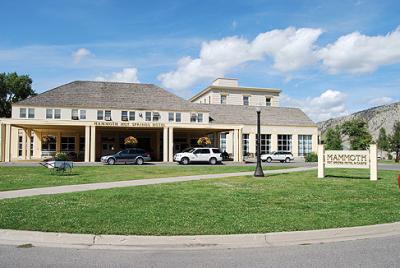
Serious conservation measures can be found at the gift shops, with T-shirts and teddy bears made from recycled plastic bottles, in the hotel rooms with the use of biodegradable soap, and at the laundry unit that cleans and re-uses it own dirty water, saving 3,000 gallons a day. The service garage is heated with burnt motor oil, worn-out linens are donated to charity, and the interior of the shop is made from 100-percent recycled wood and lit by low-energy LED bulbs. All products are made in the United States.
“We try our best to make the park sustainable in the tourism operations,” says Beth “But what we really want is for the visitors to bring a piece of our initiative home with them and practice conservation in their own daily lives.”
“Sustainable” is a term that has become rather ambiguous in today’s popular media, often abused by the ignorant, then branded and sold by the sanctimonious. As is usually the case with any good cause, those who are really making a significant difference are too busy in action to be flaunting their contributions. It became evident to me that Xanterra is not a pretender when I saw the backroom undertakings beyond the scope of the public’s eye.
We arrived at the boiler room and Beth had to shout over the machines to explain the innovation that rattled around me. Distilled grease collected from all the kitchens around the park is being used to fuel the boilers. The maintenance technicians (who are not employees of Xanterra) were inspired enough to build the system from scratch. They first developed a mobile containment vessel to collect the grease safely in a truck, and then arranged to transport it to a holding tank without a mess. Through a series of pipes the grease is extracted from the tank and run through the burner, automatically regulated. This provides enough hot water for the entire lodge at Mammoth.
The park’s dining menu is held to an honest code, as food is where Xanterra got its sustainable start, first with beef, then seafood and beyond. Among the various regulations, cuisine served in the park must be locally produced within a 500-mile radius by a farming system that prevents harm to the environment. This ensures that although Xanterra is a national company, the locals can benefit, and perhaps some energy saved. All the food is organic, and the menu offers several vegetarian options in the interest of promoting animal welfare.
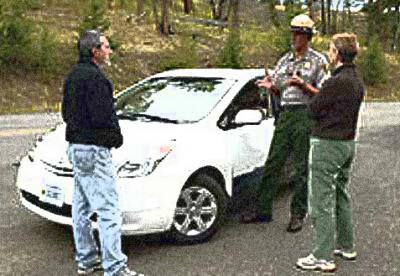
The one innovation that gives Xanterra its legitimacy above all else is its own ecometrix tracking system, which measures everything from electricity consumption to greenhouse gas emission. From this comes diligent evaluation of their conservation effort, not only in-house, but also through third-party audits by private firms and by the EPA. According to the Web site, the accuracy of their system has been verified on all accounts.
In a short decade, in national parks ranging from Grand Canyon to the Everglades, Xanterra has reduced greenhouse gas emissions by 20 percent and currently diverts more than half its waste away from local landfills.
The folks at Xanterra are doing their part, now what about you?


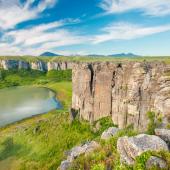

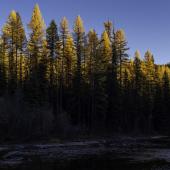
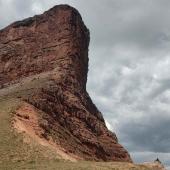




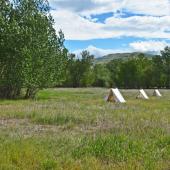
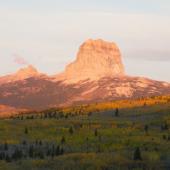
Leave a Comment Here